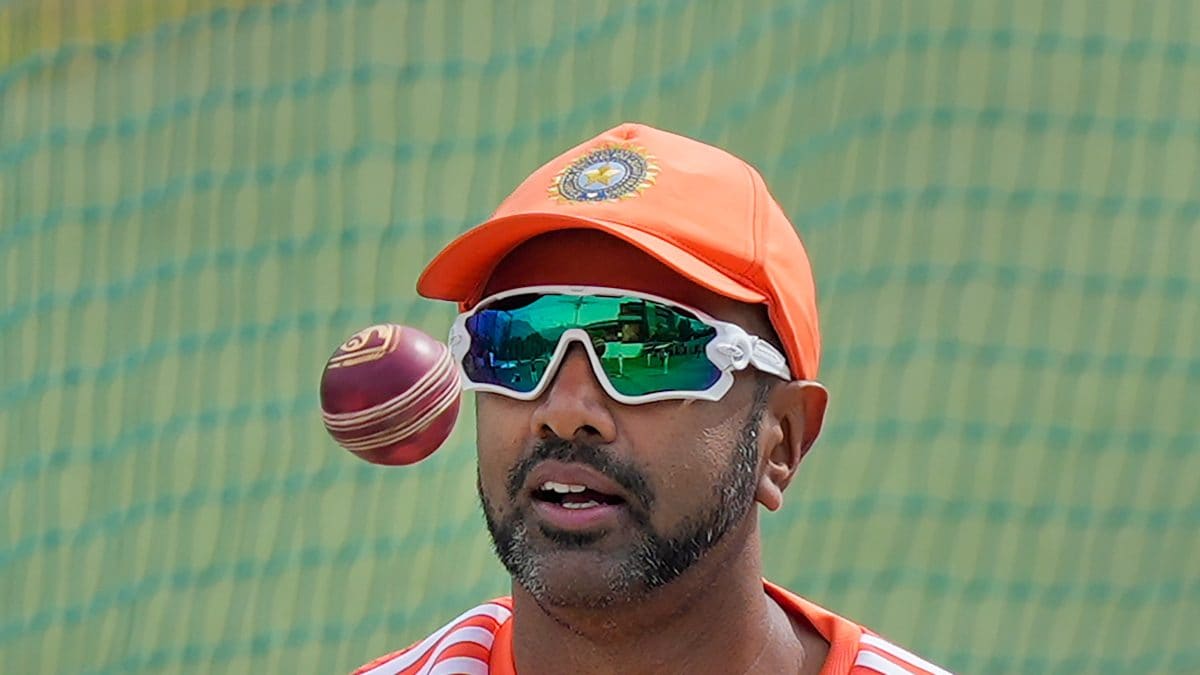 |
|
The sudden retirement of Ravichandran Ashwin during the 2024-25 Border-Gavaskar Trophy has sparked considerable debate and controversy within the cricketing world. Former Australian cricketer Brad Haddin, in a recent interview on the Willow Talk podcast, expressed his bewilderment at Ashwin's decision, labeling it 'funny' and attributing it to India's seemingly confused tactical approach to the series. Haddin's comments highlight a deeper issue within the Indian team's selection strategies and the potential impact of player dissatisfaction on overall team performance. The series, which saw India lose 3-1, was significantly impacted by Ashwin's absence from the latter stages of the competition. This raises questions regarding India's ability to effectively manage its talented, diverse roster. This raises further questions about the team's planning and decision-making processes, particularly concerning the selection and rotation of its spin bowling options.
India's approach to spin bowling during the first three Test matches was inconsistent, to say the least. They fielded three different spinners – a clear indication of indecisiveness and a lack of a coherent strategic plan. This lack of clarity not only impacted their performance on the field but also seemingly contributed to Ashwin's dissatisfaction. His decision to retire mid-series suggests a deep-seated frustration with his perceived lack of importance and consistent selection within the team. The selection committee's apparent inability to confidently choose between Ashwin, Jadeja, and Sundar created a sense of instability and uncertainty, directly impacting team cohesion and individual player morale. This inconsistency, in turn, significantly affected India's overall performance, leading to their series loss and failure to qualify for the World Test Championship final.
Haddin's assessment of the situation suggests Ashwin felt undervalued and underutilized. His exceptional record as one of India's leading Test wicket-takers seemingly went unacknowledged by the selectors. Haddin implies that Ashwin's decision was not merely a spur-of-the-moment reaction but rather a culmination of built-up frustrations over the perceived lack of faith shown in his abilities. The implication is that Ashwin, considering himself the premier spinner in the team, felt his expertise was disregarded. The decision to retire could, therefore, be interpreted as a powerful statement highlighting the impact of player confidence and morale on the team's collective success. Ashwin's action underlines the intricate relationship between player selection, strategic planning, and team dynamics in high-pressure international cricket competitions. This incident serves as a crucial lesson for the Indian cricket team and its selection committee, emphasizing the importance of clear communication, strategic consistency, and a supportive team environment to foster individual and collective success.
Beyond the immediate implications of Ashwin's retirement and India's series defeat, the incident raises wider questions about the management of talent and the impact of player dissatisfaction within high-profile sports teams. The selection process, while complex, must strike a balance between strategic considerations, individual player performance, and fostering a supportive environment for all team members. The Indian cricket team's experience serves as a cautionary tale, highlighting the potential repercussions of inconsistent decision-making and a lack of clear communication with players. The incident underscores the need for thorough player assessments, comprehensive strategic planning, and transparent communication channels between coaching staff, selectors, and the players themselves. Creating an environment of mutual trust and respect is essential to prevent similar incidents from impacting the future performance of the team.
The consequences of Ashwin's retirement extended beyond the current Border-Gavaskar Trophy. The loss also eliminated India from contention for the 2025 World Test Championship final, emphasizing the gravity of the situation. His absence not only deprived India of a key bowling asset but also disrupted team chemistry and strategy, directly contributing to their subsequent losses. This highlights a deeper problem within the team, a problem that extends beyond simple tactical errors, and points towards a lack of cohesive planning and potentially poor management of player relations. Moving forward, the Indian team management needs to re-evaluate its approach to player selection, team strategy, and fostering a supportive environment to avoid similar setbacks in the future. The ramifications of this single decision showcase the profound influence individual player choices can have on a team's overall success at the highest levels of competition.
Source: 'Funny': Ex-Australian Cricketer Ridicules R Ashwin's Retirement, India’s Confused BGT Tactics
